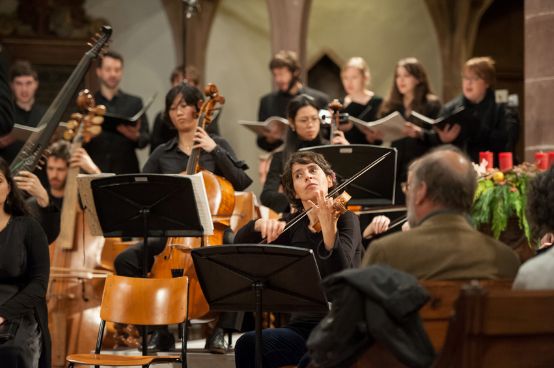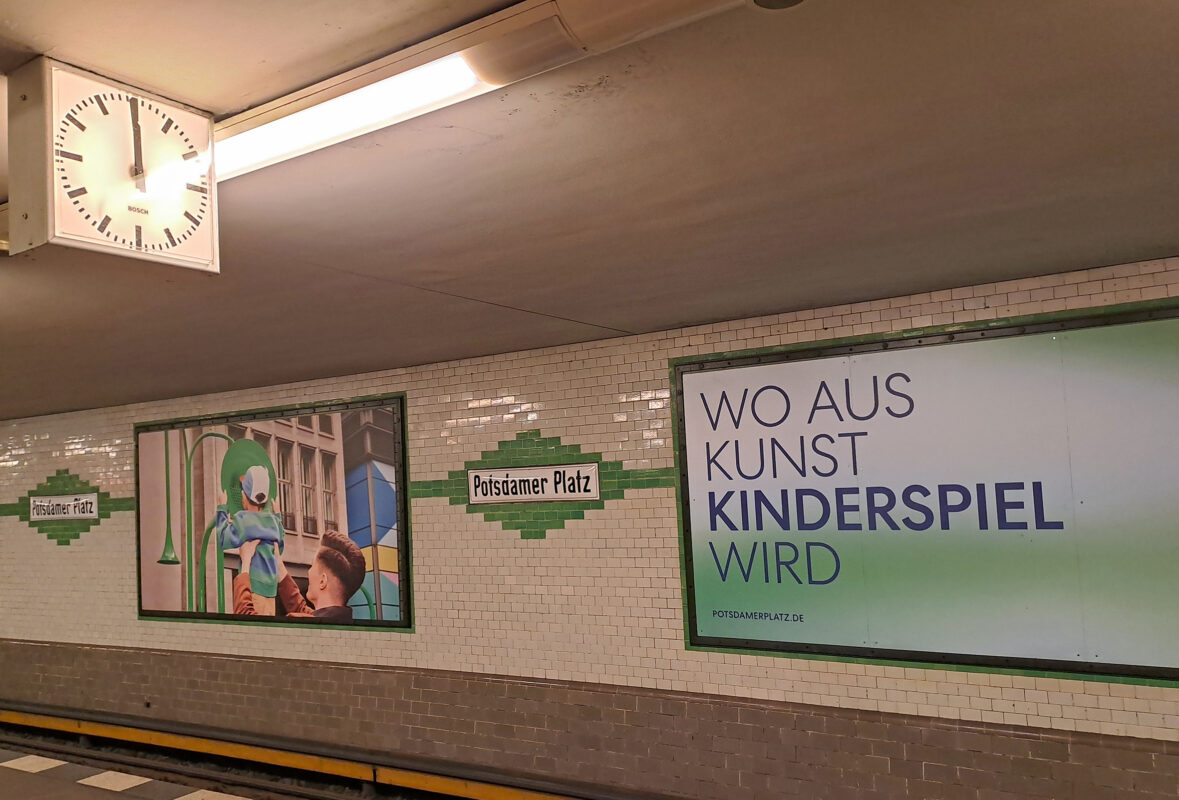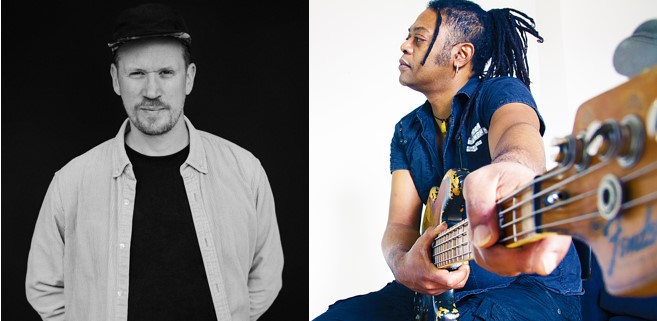Corelli as a model
Presentations, discussions and concerts at the International Symposium of the Schola Cantorum Basiliensis from December 5 to 9, 2013 - a report.

Anniversaries determine festival themes and concert series, encourage the recording industry to record new material and reissue old favorites, and tempt the publishing industry to publish numerous book titles. It is undisputed that all these publications do not (or cannot) always go hand in hand with new findings. This makes it all the more remarkable that anniversary events now also seem to be driving music research forward; while a symposium on Giuseppe Verdi was held in Chicago, for example, the Folkwang University in Essen focused its conference on Richard Wagner as well as Verdi, and the Bern University of the Arts has already presented its research findings on the historical performance practice of Wagner's Flying Dutchman has presented (SMZ 11/2013), the Schola Cantorum Basiliensis did not forget that there was another composer to celebrate in 2013: Arcangelo Corelli (1653-1713).
Of course, Corelli is a well-researched musical personality, which is why the Schola Cantorum symposium, according to the announcement, did not want to focus specifically on aspects of his life and the historiographical situation in Rome. Rather, Corelli should be seen as a crystallization figure of Baroque composing and music-making who had a great influence on contemporaries and subsequent generations: Corelli as a model.
Broad scope for interpretation
Nevertheless, there is no getting around Rome and the conditions prevailing there at the time if you want to talk about Corelli's composing - after all, Corelli had to take on board the wishes and suggestions of his patrons and sponsors. As a result, there was a whole series of lectures dedicated to the external circumstances of his life and work. The focus was on architecture in late Baroque Rome as a context for Corelli (Andrew Hopkins) and life as an artist in Rome during Corelli's time (Renata Ago). Rome as the center of the Catholic Church is also inextricably linked to Corelli's composing.
Antonella D᾽Ovidio introduced the Roman Cardinal Pietro Ottoboni, who specifically promoted Corelli and performed his works in private as well as later in semi-public academies. D᾽Ovidio showed how Corelli adapted his musical language to the specific aesthetic context of this court and incorporated the cardinal's preferences - melancholic moods, for example - into his sonatas op. 4. Finally, Agnese Pavanello put forward the thesis that Corelli deliberately worked to be regarded as a compositional model for the musicians of his generation; his strict publication policy and his success as an orchestral conductor, especially at prestigious events in papal Rome, may indicate this.
Dominik Sackmann offered insights into the composer's "engine room" with reflections on Corelli's possibly groundbreaking introduction of certain repetition patterns and endings as a formative principle and Nicola Cumer, who pointed out the importance of Corelli's works as a music didactic model not only for the violin, but also for partimento playing. Alessandro Palmeri and Gregory Barnett dealt with the as yet unresolved question of whether Corelli preferred a violone, a violoncello da spalla or even another instrument for his compositions; and Barbara Leitherer tested by dancing whether the French choreographies of the time can be transferred to Corelli's dance movements due to the lack of contemporary sources for Italian dance - which is not possible at all for the gigue, but is possible with modifications for other dances, and which nevertheless does not answer the question of whether Corelli's dances were actually danced to.
Even if the findings of the numerous presentations were not always fundamentally new and the sources used to substantiate the theses sometimes left a wide scope for interpretation, the audience was able to form their own opinions on some topics thanks to the high-quality musical performances.
Surprising, colorful tonal language
At the almost sold-out first evening concert, students of the Schola Cantorum under the direction of Giovanni Alessandrini presented the Christmas Oratorio by Giovanni Lorenzo Lulier (as part of the Friends of Early Music Basel series). Lulier was a close colleague of Corelli's at the court of Cardinal Ottoboni and adopted, among other things, Corelli's division of the orchestral musicians into concertino and concerto grosso. The result was magnificent solo contests, and the varying instrumentation allowed for additional dynamic and character differentiation. As the introductory instrumental movements were, according to the practice of the time, by a different composer - in this case Corelli - it was clear to hear that Lulier's tonal language was less concise, less colorful and less surprising than Corelli's.
But what actually characterizes Corelli's musical language? The symposium participants were able to explore this question at the lunchtime concert with students who presented sonatas by Corelli with clarified and unclear authorship. Is it the virtuoso violin solos? Is it the cantabile melody lines? Is it even the eloquent use of the ninth (which Johannes Menke had previously praised in his lecture)?
The fact that Corelli scholars also disagree on these issues was demonstrated by a round table discussion on the problematic attribution of those sonatas that Hans Joachim Marx describes in his catalog as works of dubious authorship. Agnese Pavanello discussed how philological and stylistic criteria could be weighted and combined in the assessment - which is particularly difficult with such an extensive oeuvre and such a complex source situation.
And so an interesting, multifaceted working discussion came to an end. It would probably have been even more productive if some of the speakers had not been asked to spontaneously present their theses in a language other than the one intended. This did not necessarily contribute to understanding - and could easily have been agreed in advance.
It should be emphasized that there was a joyful and tense atmosphere in the audience, especially at the concerts, in anticipation of hearing something new and old. Combining such concerts with academic conferences continues to be an important quality feature of the Schola symposia - even on anniversary occasions.








